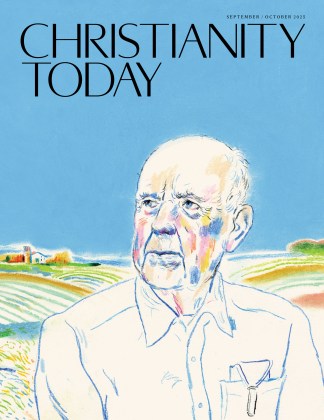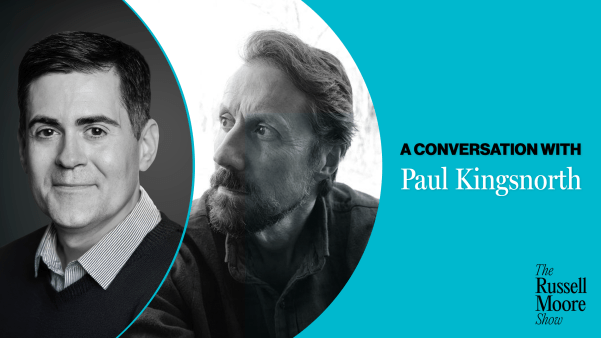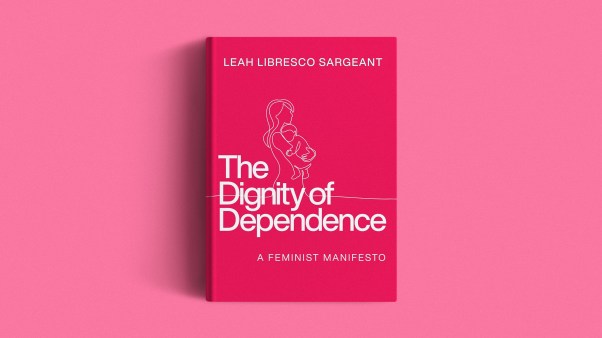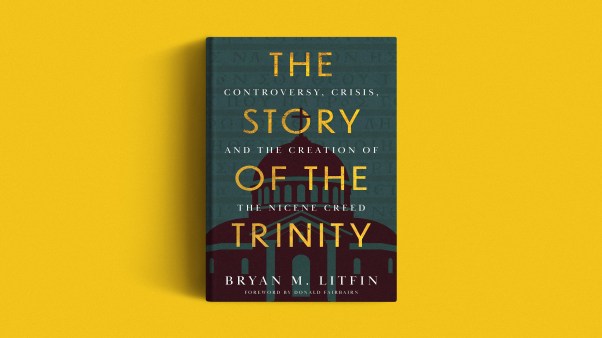
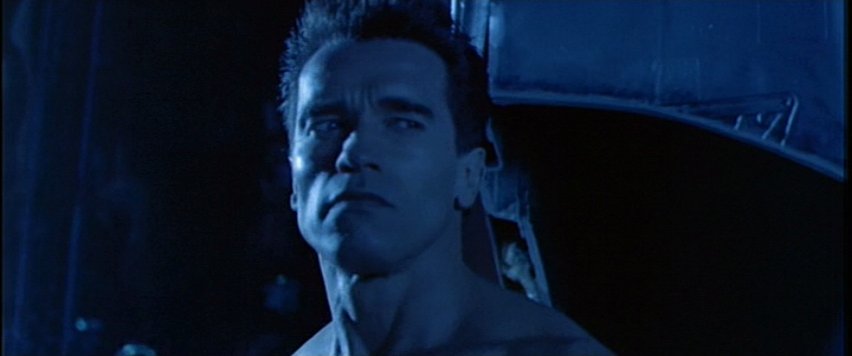 What do you do if you’re engaged but have serious misgivings about your decision, red flags popping up left and right? Do you a) get married, since you’ve set a date, sent out the invitations, spent a boatload of money, are too embarrassed to back out, and believe that most people get cold feet anyway? Or b) call the whole thing off until further notice? I think most of us would choose the latter, and would recommend thus to any friend or family member having serious doubts. But in practice, it isn’t what we many of us do, and understandably so: Calling the whole thing off is difficult, painful, and risky.
What do you do if you’re engaged but have serious misgivings about your decision, red flags popping up left and right? Do you a) get married, since you’ve set a date, sent out the invitations, spent a boatload of money, are too embarrassed to back out, and believe that most people get cold feet anyway? Or b) call the whole thing off until further notice? I think most of us would choose the latter, and would recommend thus to any friend or family member having serious doubts. But in practice, it isn’t what we many of us do, and understandably so: Calling the whole thing off is difficult, painful, and risky.
Jennifer Gauvain, a licensed social worker and coauthor of How Not to Marry the Wrong Guy, recently reported in the Huffington Post’s “Divorce” section that 30 percent of the nearly 1,000 divorced women she surveyed admitted to marrying despite serious doubts they had about their relationships long before the wedding day. According to reporter Katherine Bindley, the website IndieBride.com now hosts 33,000 conversation threads just about the urge to bolt.
I did.
I broke off an engagement to a really nice Christian guy. When it came down to it, we were incompatible on many levels. I had doubts at the inception of the relationship, but ignored them. Continuing the relationship was my way of trying to force a puzzle piece into a place it didn’t fit. As the doubts grew, I tried harder to make the relationship work. However, if I hadn’t heeded my gut-wrenching doubts, and paid attention to my mom and abuelita‘s words, (“he’s a nice guy, but not the one for you”) and the words of a friend I deeply respected, I would’ve made the worst mistake of my life. Even so, breaking the engagement and ending the relationship was far from easy.
For a while I balked because I didn’t want to hurt the guy and was worried what others would think of me should I call it off. But in the end, I preferred the pain of breaking up with him and potential lifelong singleness over the pain of being married to him. If I had married him, I would’ve wilted. And now I know I would have forfeited marrying my priceless treasure of a husband, the one person I most love, admire, and respect.
Unfortunately, there are many Christian women (and men) who ignore their gnawing suspicions. They forge ahead into marriages they didn’t belong in. Why?
Gauvain lists four overarching reasons cited by the women in her survey: 1) “Age: The self-imposed biological clock is starting to tick a little louder.” 2) “Marriage will instantly make the relationship better.” 3) “It’s my last chance to get married and no one else will come along”; and, 4) “If it doesn’t work out I can always get a divorce.” I’d add a fifth and sixth reason that are specific to Christian men and women: 5) to legitimize sex, and 6) because of guilt associated with premarital sex or over having conceived a child out-of-wedlock.
I counsel many Christian college students (mostly women, but some men, too) and can’t tell you how often I am fit-to-be-tied over their relationships. There are so many instances when I want to bang my head against the wall because they proceed to ignore the red flags they themselves point out or because they admit to pursuing marriage for the wrong reasons (for example, to avoid falling prey to the worst fate imaginable in the evangelical church: lifelong singleness). I think that partially explains why many Christian marriages end in divorce—we ignore the road signs that say “turn back” or “cease and desist.” We think that companionship or sex or children will alleviate relational problems. But most often, they only intensify underlying incompability.
Marriage is a holyinstitution. We should enter into it with fear and trembling, fully dependent on God and the community of Jesus to uphold and guide us in all of our relationships (whether we are single, dating, or married). If we have persistent doubts or if those closest to us, those we most respect, express grave concern, we must pay attention. We cannot let our sexual desires, our desires for companionship, or fear of what others will think keep us from doing what is right and healthy.
Is it better to marry the wrong person or someone we have nagging doubts about rather than stay single? Absolutely not. Granted, singles might quip, “That is easier said than done.” And they are right. However, none of us is alone and dependent on our own resolve. We have God and his community to assist us.
Consider this: If we forge ahead, marrying someone we have doubts about, a community of people may become casualties of what could potentially be a mal-formational, death-dealing marriage. Marriage is to be life-giving, an icon of our relationship with God. So let us choose life, for both ourselves and for the people whose lives are closely linked to ours, by paying attention to our doubts and the concerns of our trusted community. We may end up saving a life besides our own.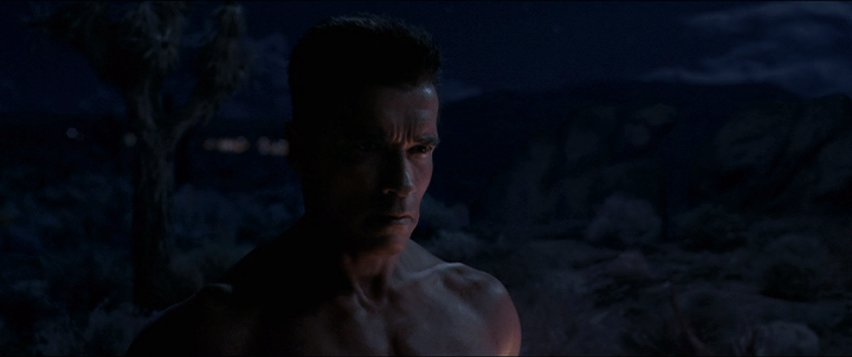 Like every other woman in Western Christendom it seems, I’ve been reading Ann Voskamp’s One Thousand Gifts. This month our family moved from San Francisco to Austin, Texas. The book group for the church I visited last week? Reading it in October. The women’s group of the church I looked up on the Internet? Reading it in September. And why? With its lyrical—some might say grammatically adventurous—prose (“I am all eye, seeing through life as glass to God”), the book is nothing like the prose we’re used to from our Zondervan-pressed inspirationals.
Like every other woman in Western Christendom it seems, I’ve been reading Ann Voskamp’s One Thousand Gifts. This month our family moved from San Francisco to Austin, Texas. The book group for the church I visited last week? Reading it in October. The women’s group of the church I looked up on the Internet? Reading it in September. And why? With its lyrical—some might say grammatically adventurous—prose (“I am all eye, seeing through life as glass to God”), the book is nothing like the prose we’re used to from our Zondervan-pressed inspirationals.
Though everyone may be talking about it, not everyone is convinced that the book belongs alongside C. S. Lewis and Oswald Chambers in the devotional canon. Two weeks ago, regular Her.meneutics writer Rachel Marie Stone critiqued the book, believing Voskamp’s emphasis on Eucharisteo (joyful gratitude) is overreaching as “the key that opens all locks” in the Christian’s spiritual life. Stone expressed concern that gratitude was being upheld as an additional requirement for salvation to be effective.
Stone also noted that Voskamp’s “wrestling to be grateful for everything” is not necessarily biblical, citing a scene from the book in which one of Voskamp’s sons throws a piece of toast in his brother’s face. In that moment of anger and frustration, time seems to pause and Voskamp grasps for thanksgiving, a “Zen-like acceptance” that seems Stone says runs counter to biblical examples. Stone cited the Book of Job and Jesus’ prayer from the cross as proof that thanksgiving is not a proper response to all of life’s circumstances.
The comments in response to Stone’s post were passionate. Whatever the concerns many of us may have (I for one could have done without the bit about making love to God in Paris—what would John Calvin say?), women are connecting to this book. It’s worth asking why the book has captivated enough women to keep it on The New York Times bestseller list for months?
When my 3-year-old was born, I had romantic notions of the hours I would spend breastfeeding him: hours to finally be the woman of intercessory prayer I’d always wanted to be, hours for motherhood to wise me up, make me deep and transformed. Instead, my nipples hurt. I worried about homemade baby food versus the jarred stuff and whether I was enforcing enough tummy time. I smiled at him and he stared at me. After months of this, I realized I’d been failing the “motherhood is making me a wise woman of God” plan.
Then he was crawling, walking, running, shouting “no!” And I lost all sense of quiet in my life. I’d try to wake up early for prayer, and he would wake up early as well. I’d plan on transformative contemplation during naptime, but my sleep-deprived body would nod off along with him. I realized I needed to relearn prayer.
I read about monastic practices, taped prayers all over my home. I told myself to pray during snack time and lunchtime and every moment of pause in my day as a SAHM. Some days it worked. Some days I felt the failure I’d been bearing for the entirety of my son’s life.
Fast-forward: Mom to two, longing for the quiet days of my first son’s babyhood, longing for the right catalyst to launch me into the kind of praying life, the constant response to Christ, the renewed sense of the Spirit in my day, that I know would make me more kind to my children, less anxious, more wholehearted in my view of the world and joyful toward the monotony of the work of the home.
I read Voskamp’s book and began listing 1,000 things for which I am grateful. And I learned why this book , despite its improper grammar, is so popular: Mothers love this book because we have forgotten how to connect with God. We’ve lost our sense of wonder at the world. Many of us are so consumed with the details and demands of motherhood that the line linking us to God has gotten tangled and dusty. In One Thousand Gifts, we find a wise mother telling us how she discovered God in the midst of this life with children. It isn’t by recommending another Bible study. (We’ve tried it.) It isn’t by guilting us into more time in prayer. (We feel guilty enough.) It’s as simple as listing the beautiful things God is giving us, right now in this moment.
One Thousand Gifts is changing my life, not because gratitude is the key to salvation, but because gratefulness brings me into God’s presence every time. Gratefulness is simple, yet it is shaping me into a woman who prays while doing the dishes, folding the laundry, and singing in the car with my kid. Without God’s healing presence, I am like Voskamp was: anxious, quick to despair, continually asking questions about why God allows what God allows. When I escape my glaring natural (and broken) tendencies and thank my Lord for what is truly a gift in my everyday life, the poopy underwear is not a deal breaker for my mood, the baby’s cries are not worth my raised blood pressure and raised voice at my preschooler. When I’m grateful, the world is not only beautiful, God is good and worthy of adoration too.
As Voskamp says, “Eucharisteo precedes the miracle.” We enter into “his gates with thanksgiving,” not with plans, not with goals, or books, or commitments.
Thanksgiving is simple. And that’s the beauty of this book. Sometimes we all need to remember that God is here right now, in the midst of the peanut butter and jelly sandwich. And that’s a sandwich I’m suddenly grateful for. Who knew?
Micha Boyett blogs at MamaMonk.com, and just moved from San Francisco to Austin with her husband and two boys. This is her first Her.meneutics post.
2. Robert Rodriguez is developing a “reboot” of the Predator franchise called Predators. The original film came out in 1987 and spawned either one sequel or three, depending on whether you count the Alien Vs. Predator cross-overs (2004-2007) as part of the original canon. At any rate, 20th Century Fox has already given the new film a release date, namely July 7, 2010. – IESB.net, Ain’t It Cool News (x2), Variety, ComingSoon.net
3. Leonard Nimoy provided the voice of Galvatron in the animated Transformers movie that came out back in 1986. So naturally, the guys who’ve been writing the live-action movies want him to come back and voice one of the characters in Transformers: Revenge of the Fallen, which comes out June 24. And since those guys also happened to write the upcoming Star Trek movie, they’ve had a chance to talk to Nimoy about this personally. What makes the whole thing even stranger and even more inter-connected is that Nimoy’s wife, Susan Bay, is a cousin to Transformers director Michael Bay – but the director says he hasn’t approached Nimoy about doing the part directly yet; for now, he prefers to let his mother serve as a go-between. – Sci Fi Wire, MTV Movies Blog
4. Photos from the Vancouver set of Tron 2.0 have begun to pop up on the internet. Meanwhile, a number of blogs recently discovered this story that the Vancouver Sun ran three months ago, which claims that Tron 2.0 has a budget of $300 million. That figure was later revealed to be in Canadian dollars, but even so, that still comes to something like $240 million in American money. That seems like an awful lot to spend on a sequel to a movie that came out 27 years ago and didn’t even rank among the Top 20 films at the box office that year. – SlashFilm, Ain’t It Cool News, TrekMovie.com
5. Rooney Mara, sister of Kate Mara, will play the female lead in next year’s “re-imagining” of A Nightmare on Elm Street (1984). – Bloody-Disgusting.com, Hollywood Reporter
6. Eric Heisserer, who did some work on the Nightmare on Elm Street script, has been hired to do a rewrite “from scratch” of the prequel to The Thing (1982). The previous draft was by Battlestar Galactica producer Ronald D. Moore. – Bloody-Disgusting.com, Eric Heisserer
7. New Line Cinema is developing a feature film version of the 1980s TV series MacGyver. – Hollywood Reporter
